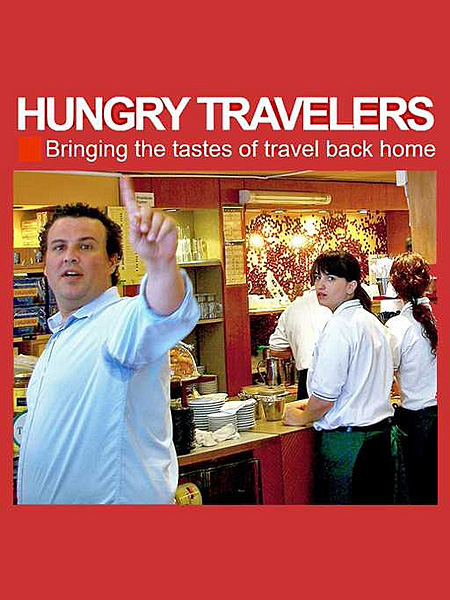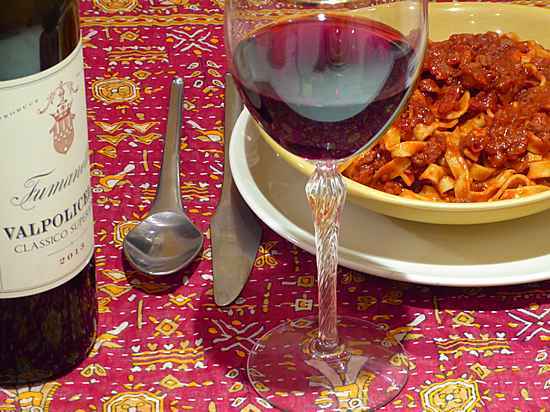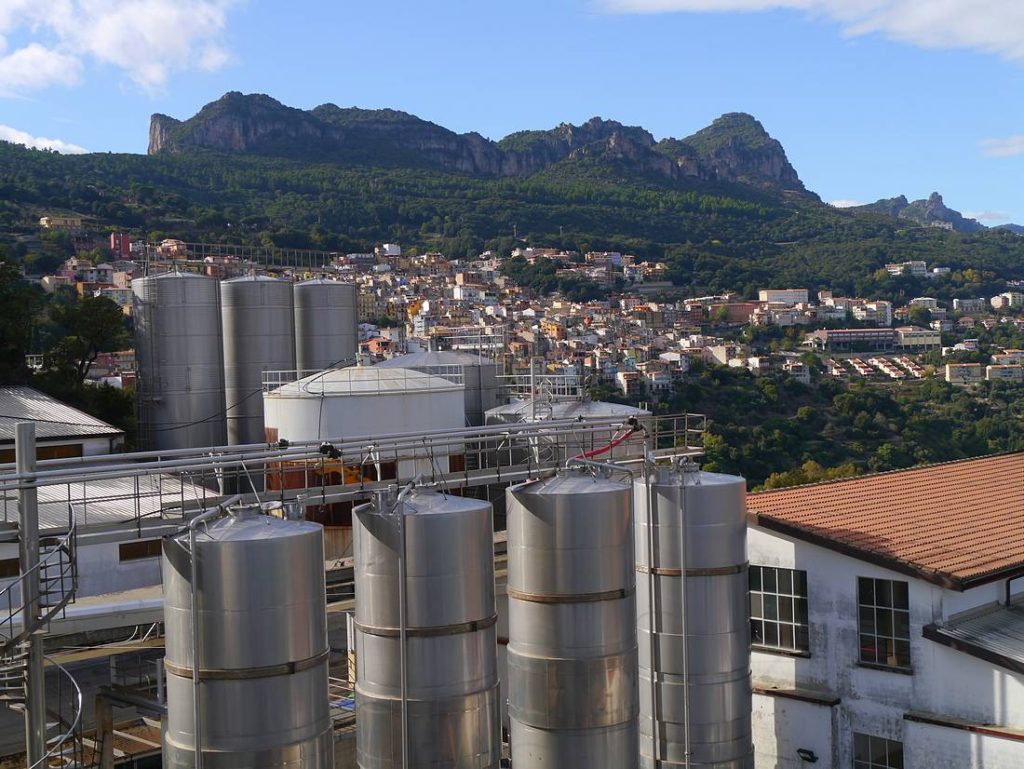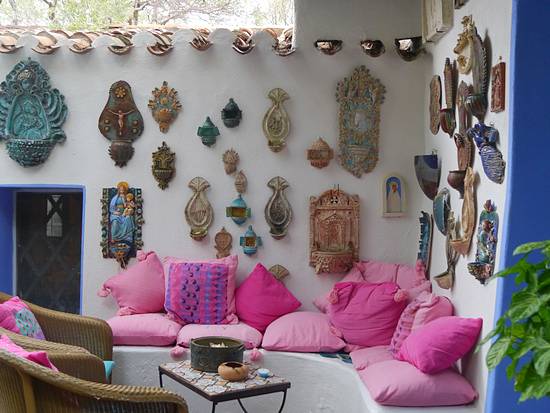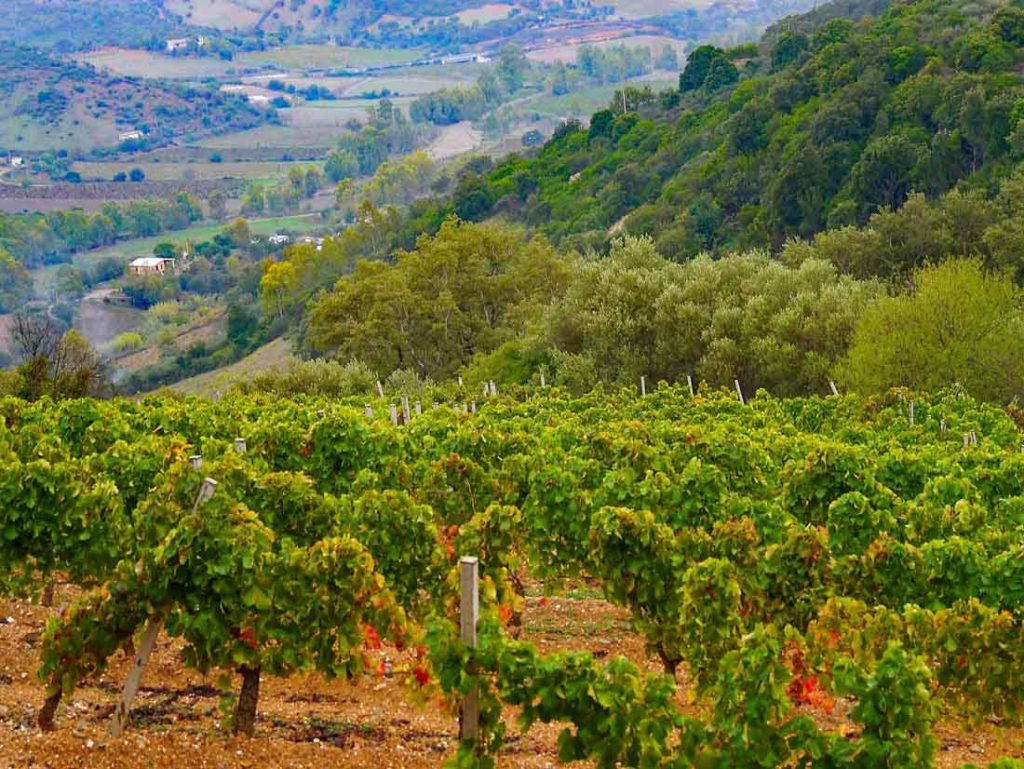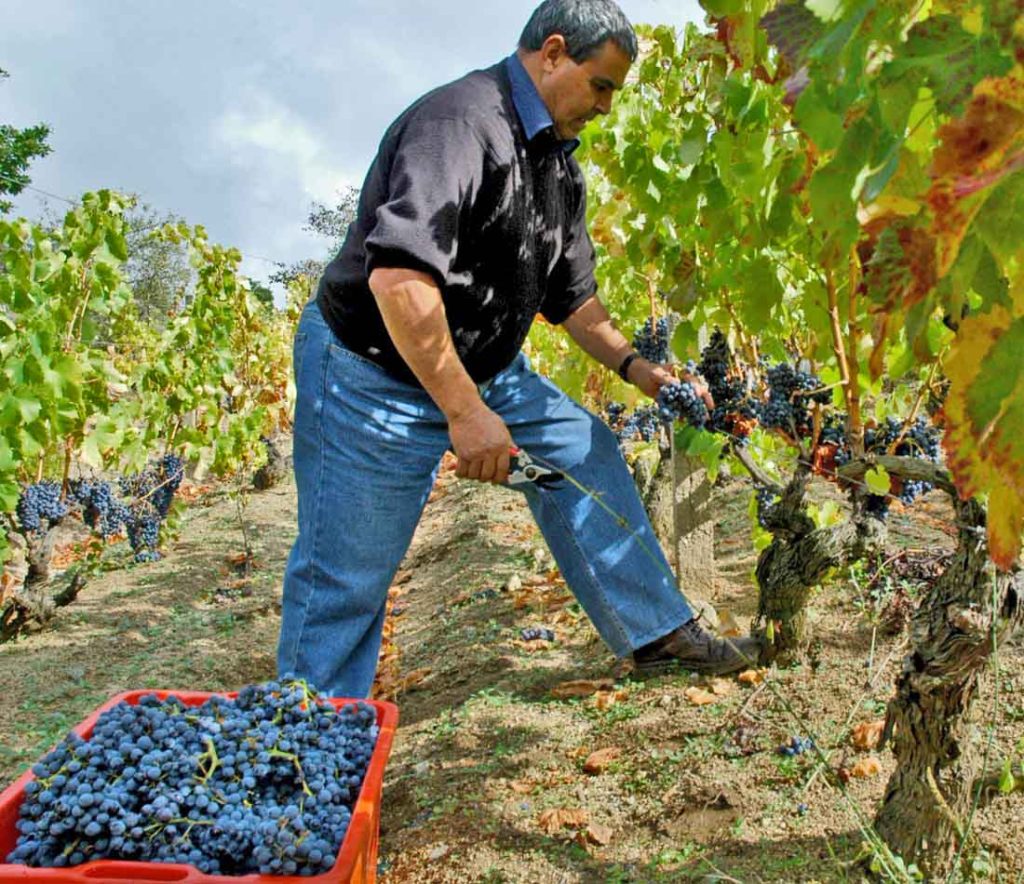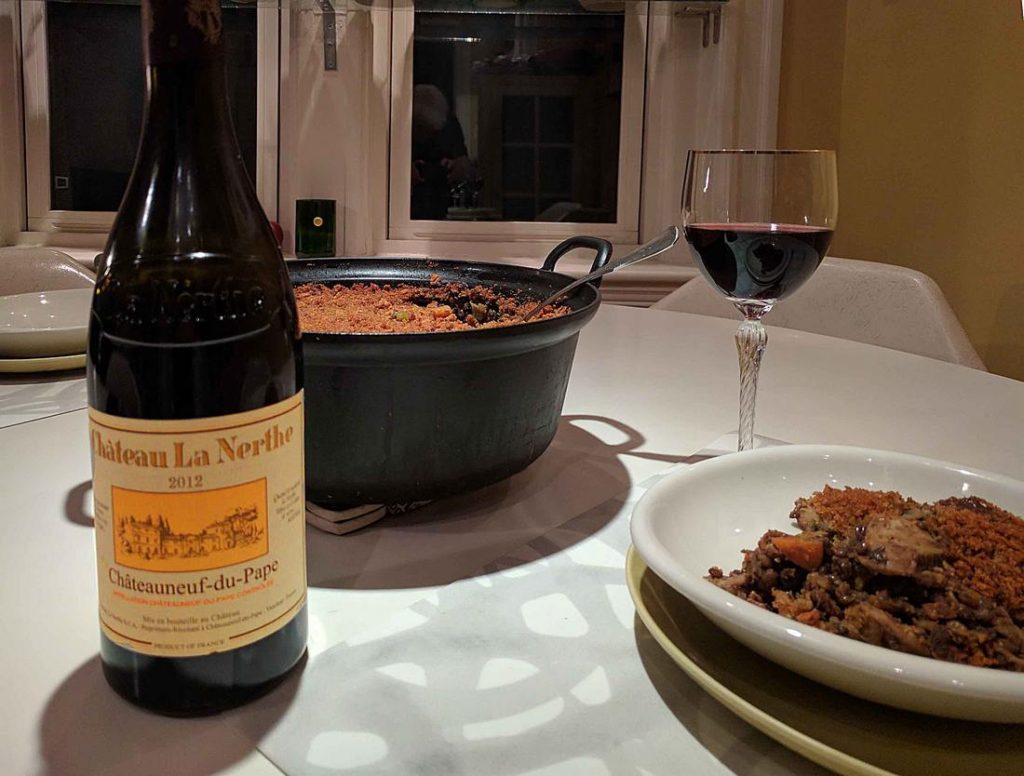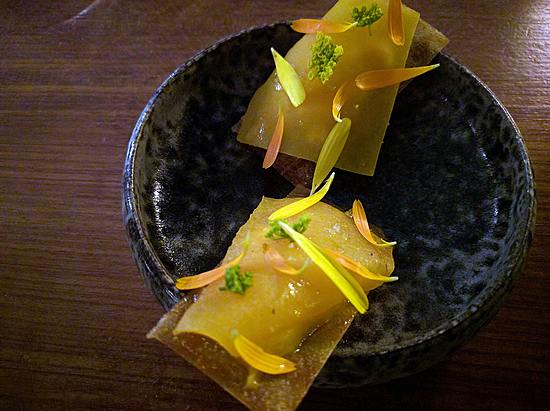
Reassessing rich reds of Vino Nobile di Montepulciano
Less oak, more Sangiovese. In a nutshell, that's the good news about the latest releases of Vino Nobile di Montepulchiano. Having just celebrated the 50th birthday of the D.O.C., the wine makers of Vino Nobile are converging toward a distinctive modern style. Nine leading producers visited Boston on a tour just ahead of ProWein in Dusseldorf and Vinitaly in Verona. Following on the heels of glowing coverage in Wine Enthusiast and Wine Spectator, it was a chance for the small region to shine without the distraction of comparisons to Tuscany's other major Sangiovese areas: Chianti, Brunello di Montalcino, and even Morellino di Scansano. Traditionally known in the Montalcino area as Prugnolo Gentile, the Sangiovese grape is almost ideally suited to the clay and sandy soils...Read More
